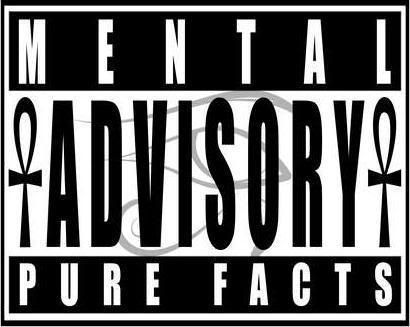Wednesday, July 25, 2012
Lifestyle remedies for the management of asthma
Around 17 million people in the United States alone have asthma. It is the number one cause of chronic illness in children. Despite the wide range of medications made as treatment for asthma, the number of people affected by asthma increased by 2.5 million in the US over the past five years. Alternative options from acupuncture to breathing exercises are available for the management of asthma. Doctors may disagree with alternative recommendations for how to treat asthma but unlike medications lifestyle remedies do not harmful side effects.
What is asthma?
Asthma is characterized by breathing trouble, coughing and wheezing. A person with asthma is subject to episode constriction of their bronchial tubes. A severe attack can even be fatal. The reason behind the constriction of the bronchial tubes is not known, but some triggers include respiratory infection, exercise and emotional disturbances.
Alternative therapies and treatment for asthma
Bodywork, acupuncture and biofeedback all show promise in the management of asthma. Rolfing and osteopathic manipulation are two types of bodywork that can be performed on the chest area to break up restrictive patterns in muscles and nerves, which are common in people with chronic asthma.
An acupuncturist can develop an individual form of treatment for asthmatics. Research has demonstrated that acupuncture can significantly decrease the frequency of asthma attacks and improve breathing.
Biofeedback teaches people how to control their heart rate and therefore may be useful in the management of asthma. Biofeedback also can reduce stress, which is a common trigger for asthma.
How to treat asthma with breathing techniques
A series of breathing exercises beneficial for asthmatics was discovered in 1952 by Konstantin Pavlovich Buteyko, MD. The exercises are known as the Buteyko Breathing Technique. Dr. Buteyko surmised that over-breathing is a significant factor in the development of asthma and other breathing
difficulties.
To help asthma sufferers breathe more easily, Dr. Buteyko developed a system of shallow-breathing exercises. Shallow breathing elevates levels of carbon dioxide in the blood. Carbon dioxide may help to dilate smooth muscles in the airways.
At least one large study found that the Buteyko Breathing Technique reduced asthma symptoms. People were also able to rely less on their inhalers.
Management of asthma through management of stress
Stress can trigger an asthma attack. Alternative treatment for asthma frequently involves relaxing activities. Yoga, guided imagery and progressive muscle relaxation may all aid in the management of asthma through reducing stress. Deep breathing exercises can be relaxing too, but may trigger asthma symptoms in some people.
Asthma guidelines for the home
People spend 90 percent of their lives indoors. Therefore it is particularly important for asthmatics to have as few respiratory irritants, including dust, smoke and mold, floating around their home as possible. Irritants like to hide in carpets, drapes, mattresses and furniture. These items should be cleaned frequently and replaced whenever possible with hypoallergenic alternatives.
High-quality air purifiers can reduce pollutants in the home. Himalayan salt lamps also help clean the air because they attract water vapor, which pulls irritants along with it as the vapor travels to the lamp where it then dissolves on contact. Certain houseplants purify the air too. Palms and rubber plants are just some of the houseplants that clean the air.
Source - www.naturalnews.com
Subscribe to:
Post Comments (Atom)

No comments:
Post a Comment